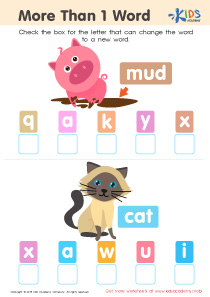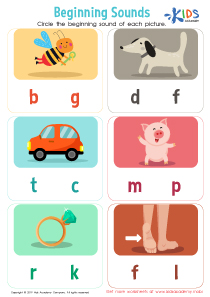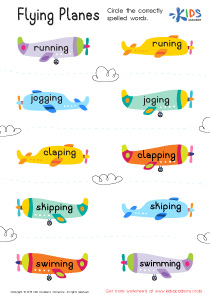Word Recognition Two Letter Phonics Worksheets for Ages 6-9
7 filtered results
-
From - To
Boost your child's literacy with our "Word Recognition Two Letter Phonics Worksheets for Ages 6-9"! Designed specifically for young learners, these worksheets emphasize phonemic awareness and fluency by focusing on two-letter combinations. Through engaging activities and colorful illustrations, children will enhance their decoding skills, expand vocabulary, and build a strong foundation in reading. Perfect for home or classroom use, these worksheets cater to various learning styles, making phonics fun and accessible. Equip your child with the essential tools for reading success. Explore our collection and watch your child’s confidence and proficiency in word recognition soar!
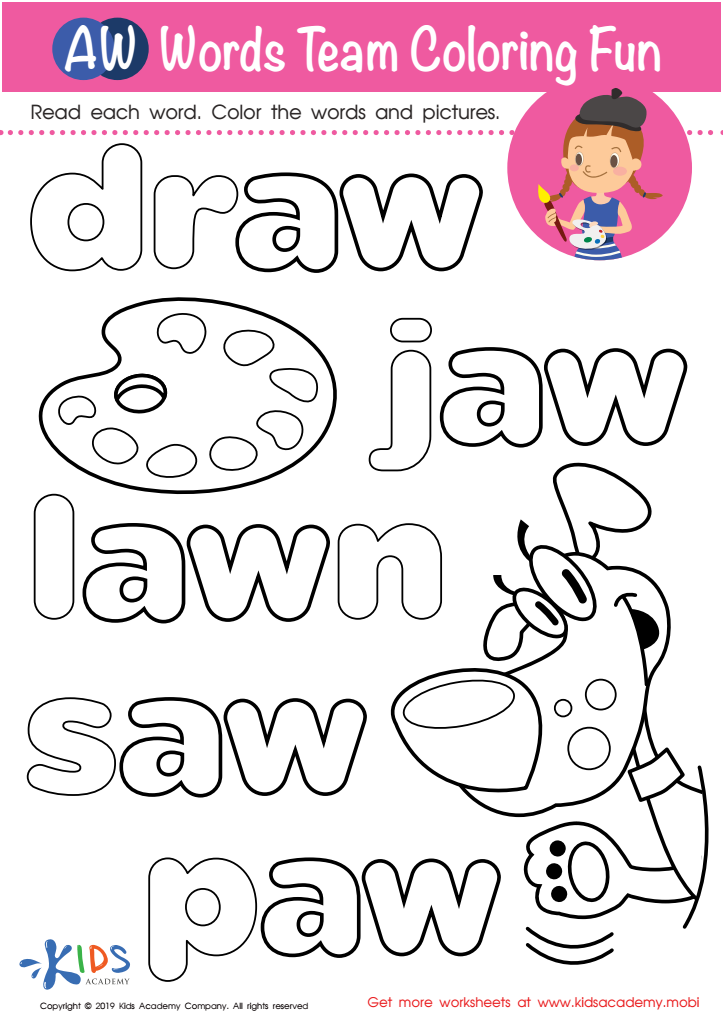

AW Words Team Coloring Fun Worksheet
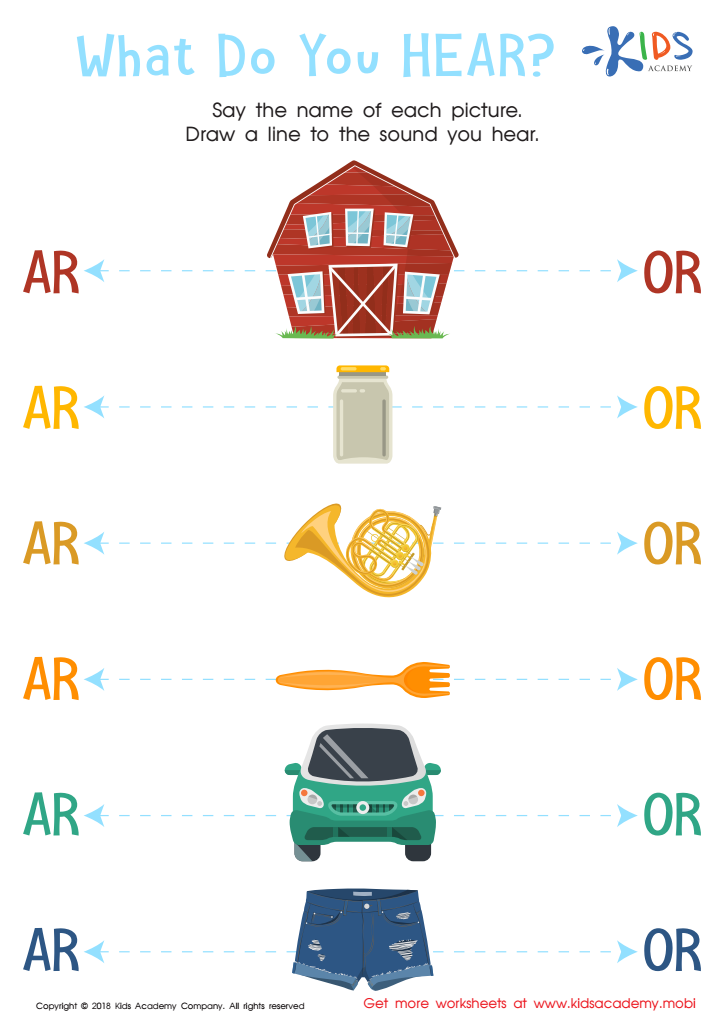

What do you hear Worksheet
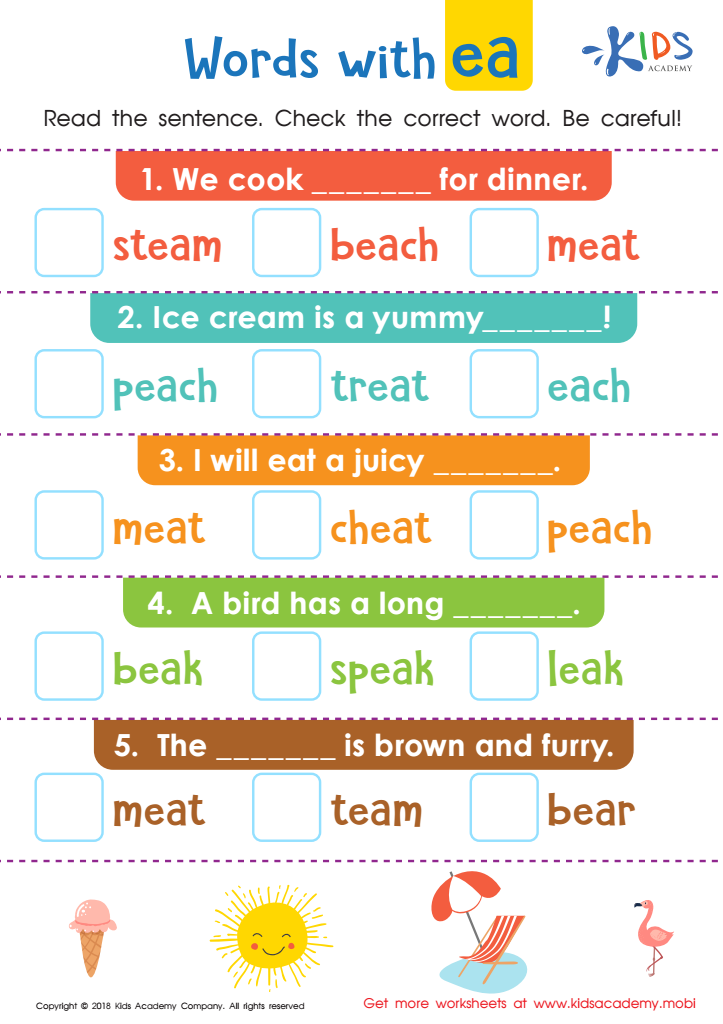

Words with ea Worksheet
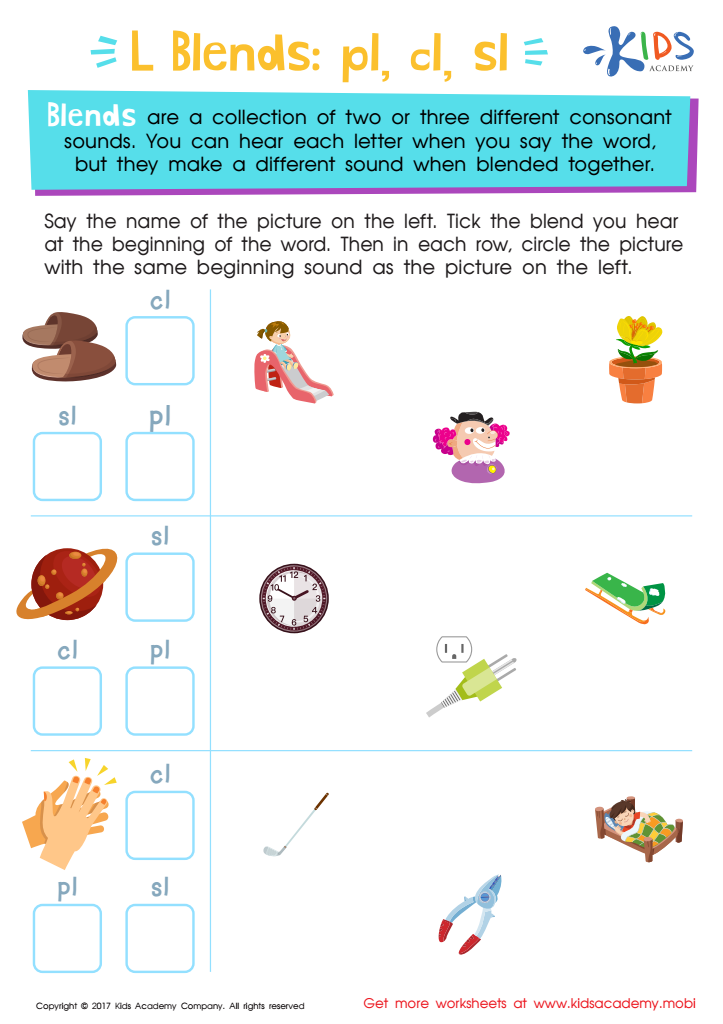

L Blends: "Pl", "Cl" and "Sl" Printable


Medals: Al Spelling Worksheet


Missing Digraph: Part 2 Worksheet


Consonant Blends: "Dr" and "Tr" Printable
Parents and teachers should prioritize Word Recognition Two Letter Phonics for children ages 6-9 because it forms an essential component of early literacy skills. During this developmental phase, children are transitioning from recognizing individual letters to understanding how these letters combine to form words, the foundation of reading proficiency. Two-letter phonics cover basic but critical sounds, such as "at," "it," and "in," which are building blocks for more complex words.
Focusing on word recognition and two-letter phonics aids in developing strong phonemic awareness—a child's ability to hear, identify, and manipulate phonemes. This foundational skill is crucial for reading fluency, spelling, and overall literacy development. Children who struggle with these basics often face difficulties in reading later on, impacting their academic performance and confidence.
Phonics instruction also supports vocabulary expansion and comprehension. As students recognize and decode small words easily, they can progressively move on to reading more challenging texts, fostering a love for reading. Hence, investing time in teaching Word Recognition Two Letter Phonics at this impressionable age sets children on a successful reading journey, enhancing their educational experience and opening up a world of learning opportunities.

 Assign to My Students
Assign to My Students



